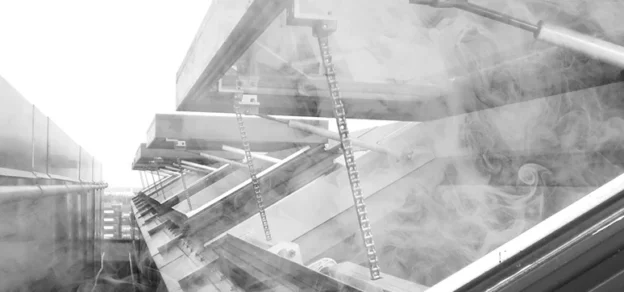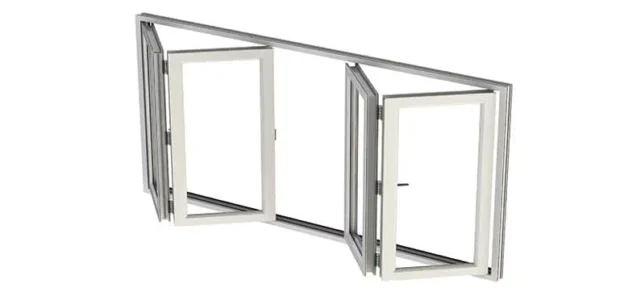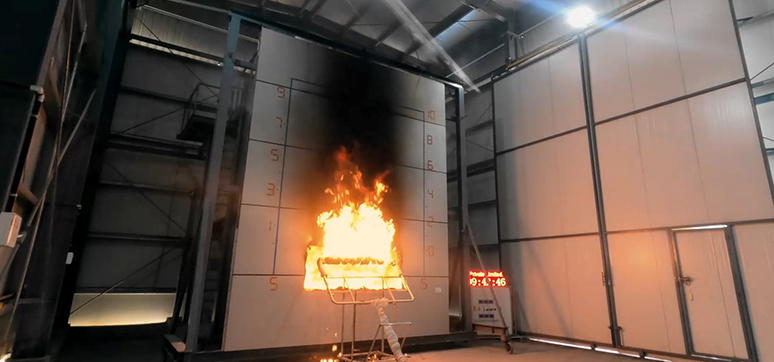Good quality hardware enhances the functionality of any door or window and adds to the aesthetics. Unfortunately, this integral fenestration element is often overlooked as compared to the frames and panels of the door or window. However, choosing the proper hardware for fenestration systems can immensely impact the durability and performance of the system.
Market Trends
The latest market trends point towards a minimalistic approach to architectural hardware products. Items that occupy minimum space while merging seamlessly with the rest of the façade or fenestration system are popular due to their clean, premium aesthetic and ability to smoothly carry out their respective functions.

Here are four important aspects to consider while choosing hardware for doors, windows and facades:
• Weight of the fenestration system: Hardware for doors and windows includes locks, handles, and hinges. The weight of the door or window in consideration plays a vital role in determining which hardware can be a good fit. For instance, hinges should be durable enough to bear the required weight. Locks, bolts, and handles should complement the fenestration system and enable ease and comfort for the user.

• Frequency of use: Doors and windows are used frequently and thus prone to wear and tear. Even though one can minimise this through regular maintenance and proper care of the system, implementing certain preventive measures beforehand can help elongate the same life span. In addition, choosing the correct hardware for these systems makes them easier to maneuver. One must consider this factor in high-footfall spaces such as washrooms, entrances, enclosed public areas, etc.
• Ergonomic design and ease of use: For built environments such as homes, offices, schools and other high-usage public spaces, the design of these hardware elements must be thoroughly checked. For example, an ergonomic design facilitates the opening and closing movement of the shutter efficiently.
• Material, finishes and aesthetics: Lastly, the hardware’s material, finish, and aesthetics should complement the overall design theme of the space. Selecting hardware that matches the architectural language of the area enhances the ambience of the entire room. In addition, detailing details helps tie the whole theme together.
Standardisation and Certification of Architectural Hardware
There is certainly a disparity between the demand and availability in the hardware industry. A major cause of this is the lack of standardisation and certification. However, the solution here is to introduce certification after thorough quality checks. This will not only accelerate the innovation in the fenestration industry but will also help catapult the development of the hardware products themselves. Another route to explore is to encourage discourse between experts within the industry. This will help form a better understanding of the current market trends. It will also help discern the shortcomings within the industry while ensuring better future policies and alternatives.
Key Safety Parameters to Look for While Selecting Hardware

The materiality and strength of the fenestration system are vital for security. Good quality locking mechanisms and sturdy hardware can contribute significantly to the system’s security. Alongside this, the user should choose appropriate hardware to facilitate emergency egress. An ideal locking mechanism is simple to operate while providing security measures
Cost Vs. Quality
The current market offers hardware products at several price points that broadly vary depending on the quality, materials used, manufacturing process and other factors. However, getting quality products at a feasible price is challenging. One can solve this by making changes at the process level to ensure standardisation. Sourcing native and local materials can guarantee sustainable production and reduce manufacturing costs can help control prices. These measures can be beneficial in optimising the price as per the quality of the products to make them more accessible to every user.















